Tessa Packard’s recycled plastic jewellery celebrates vintage Americana
The Plastic Fantastic collection sets precious gems in recycled lucite and resin
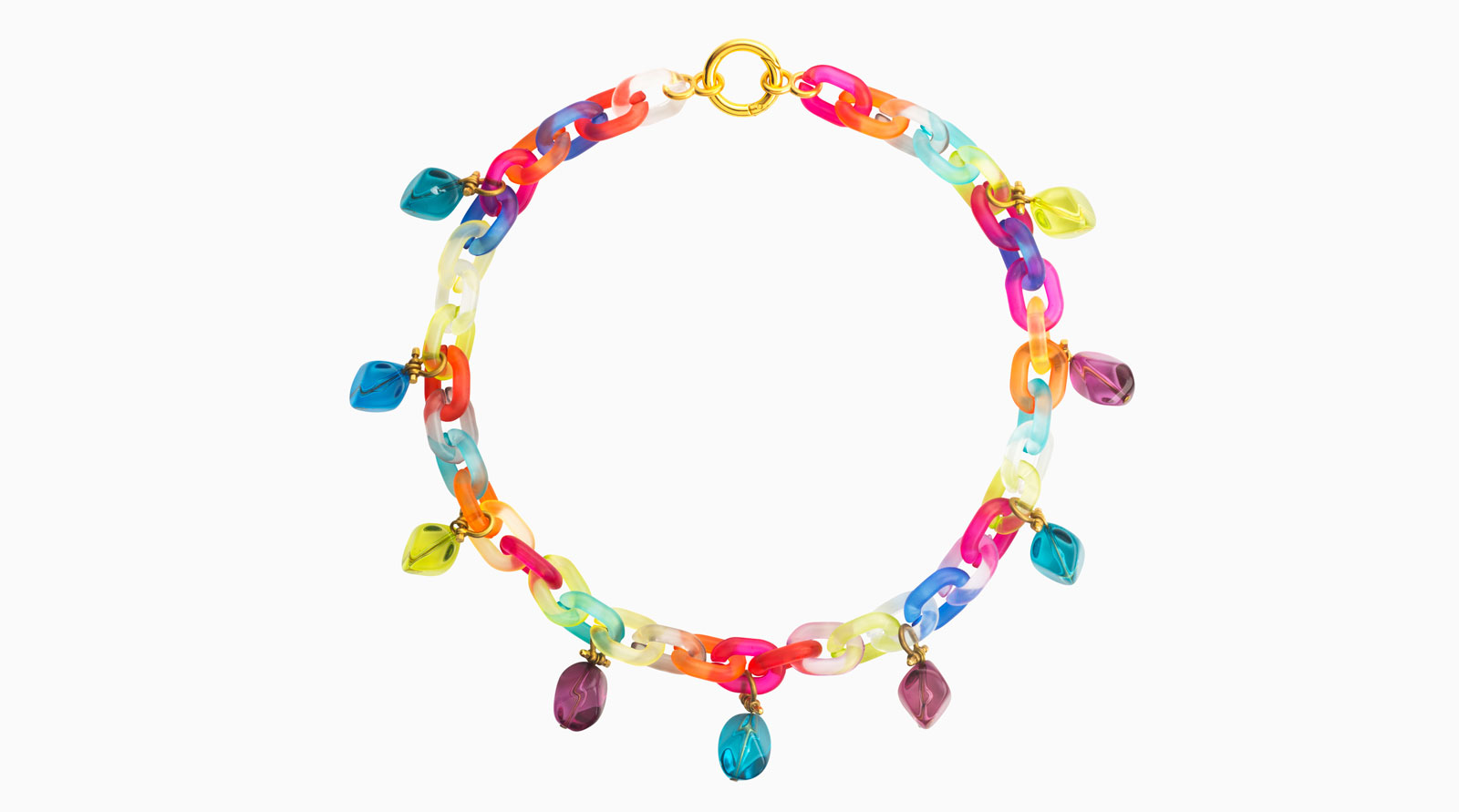
Recycled plastic may not be the first material that springs to mind when it comes to fine jewellery, but when set with a rainbow of precious gems, it makes for pieces both precious and sustainable.
Jeweller Tessa Packard’s new collection, Plastic Fantastic, celebrates unexpected combinations and joyful design ticks in a range of rings, necklaces and cuffs. ‘I like playing around with how certain materials sit together – in this case gold and gemstones and plastic,’ she says. ‘The last collection we launched did the same with verdigris, and previous to that porcelain and bone. There’s something about contrasting matte textures against shiny metal or stone that I find extremely appealing, possibly because it calms down the intensity of the ‘bling’ and makes even the most statement of jewellery wearable from morning to night.’
The collection is inspired by Florida in the Fifties, paying tribute to the joyful explosion of colour in the decades following WWII. ‘It’s about as Americana retro as you can get,’ Packard adds.
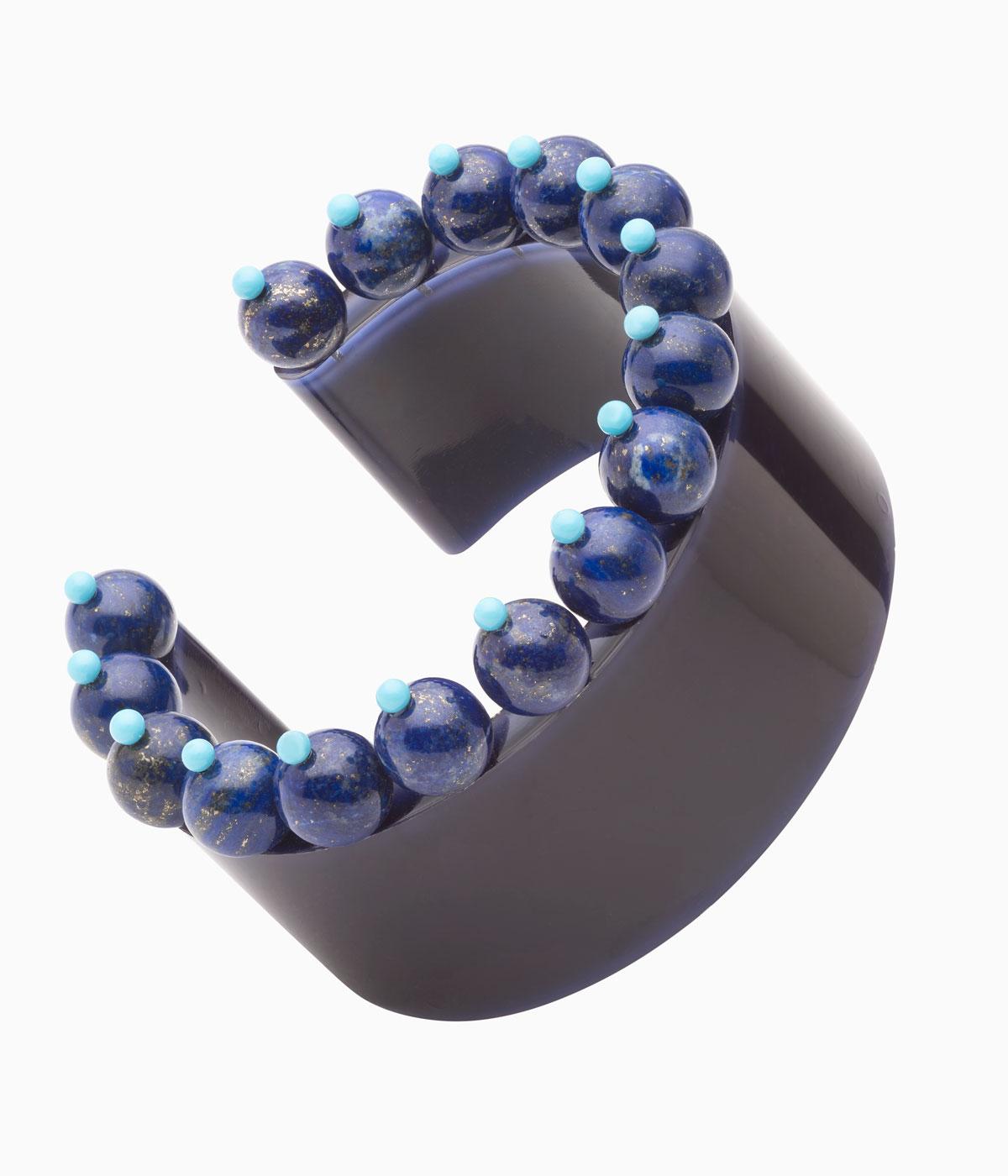
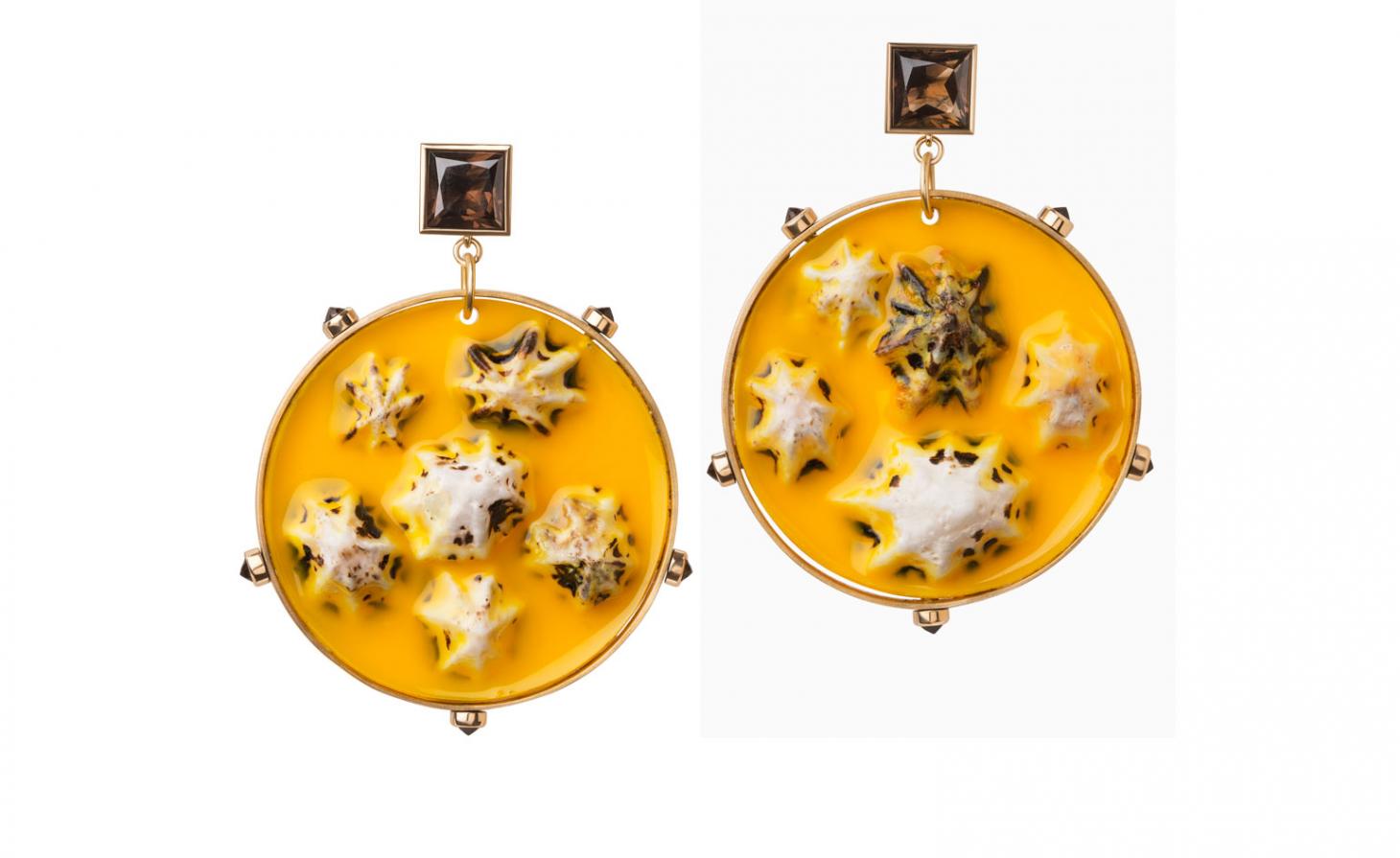
The jewellery is created from a combination of vintage lucite and home-made resin which, in some pieces, is set with precious gemstones. Clear acrylic plastic – or lucite – was a popular choice for costume jewellery in the 1940s and 50s, although notoriously difficult to recycle: one of the reasons Packard was keen to utilise it now.
‘As long as you get your ratios right, pouring resin is a fairly simple craft to grasp,’ says Packard. ‘It only gets complicated when you get the proportions wrong and the resin doesn’t set. Once the resin is set you can’t reverse the design. Vintage lucite and acrylic are easy to work with in the sense that they take little effort or skill to drill – which is necessary if you want to set gemstones into it. Like epoxy resin, however, they don't take kindly to mistakes. It doesn’t have the same easy ‘recycling’ properties like silver or gold, where you can melt the metal down and start again. And that, in short, is one of the reasons why plastic is such a problem in this day and age.’
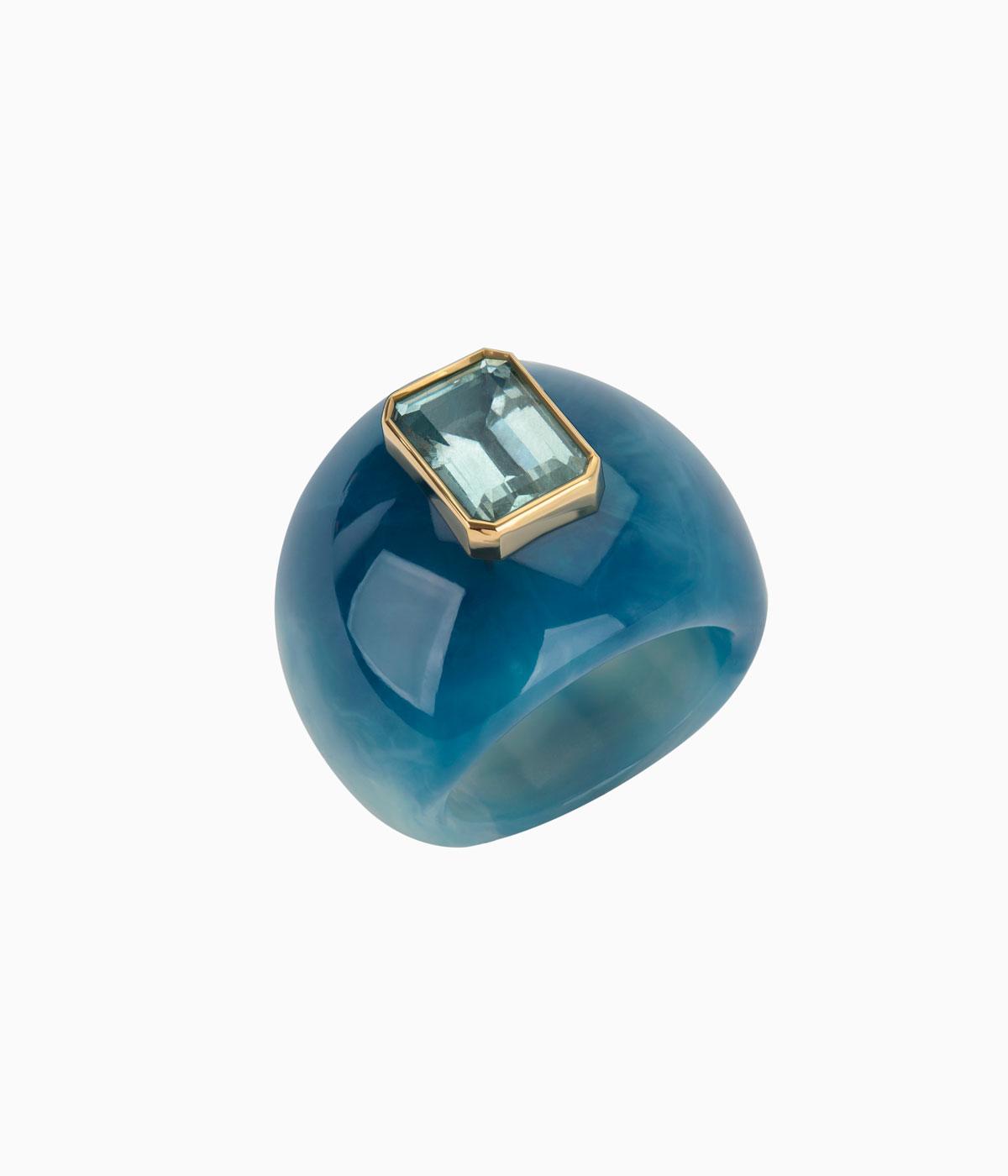
The mix of traditionally high and low materials and an abundance of colour capture all the fizz of a pool party. Pearls are set in resin in the Coco Gone Loco earrings, while a brass, acrylic and lapis lazuli Palm Beach necklace adds a zinging play on texture. Aquamarine is enveloped by vintage lucite in a cocktail ring, while shells and smoky quartz sink into mustard-hued resin in the Thousand Island earrings.
‘This is the era of polka dots, ice cream sundaes, sweet-heart necklines, glamorous Hollywood starlets, shiny Cadillacs, Grease Lightning and the birth of Barbie,’ says Packard. ‘As a designer, it is such a rich era in history to glean inspiration from, and one that I think most adults (through popular culture or film) can identify with. And who doesn’t love a sunny day by a really luxurious pool?’ Not us – pass us a cocktail
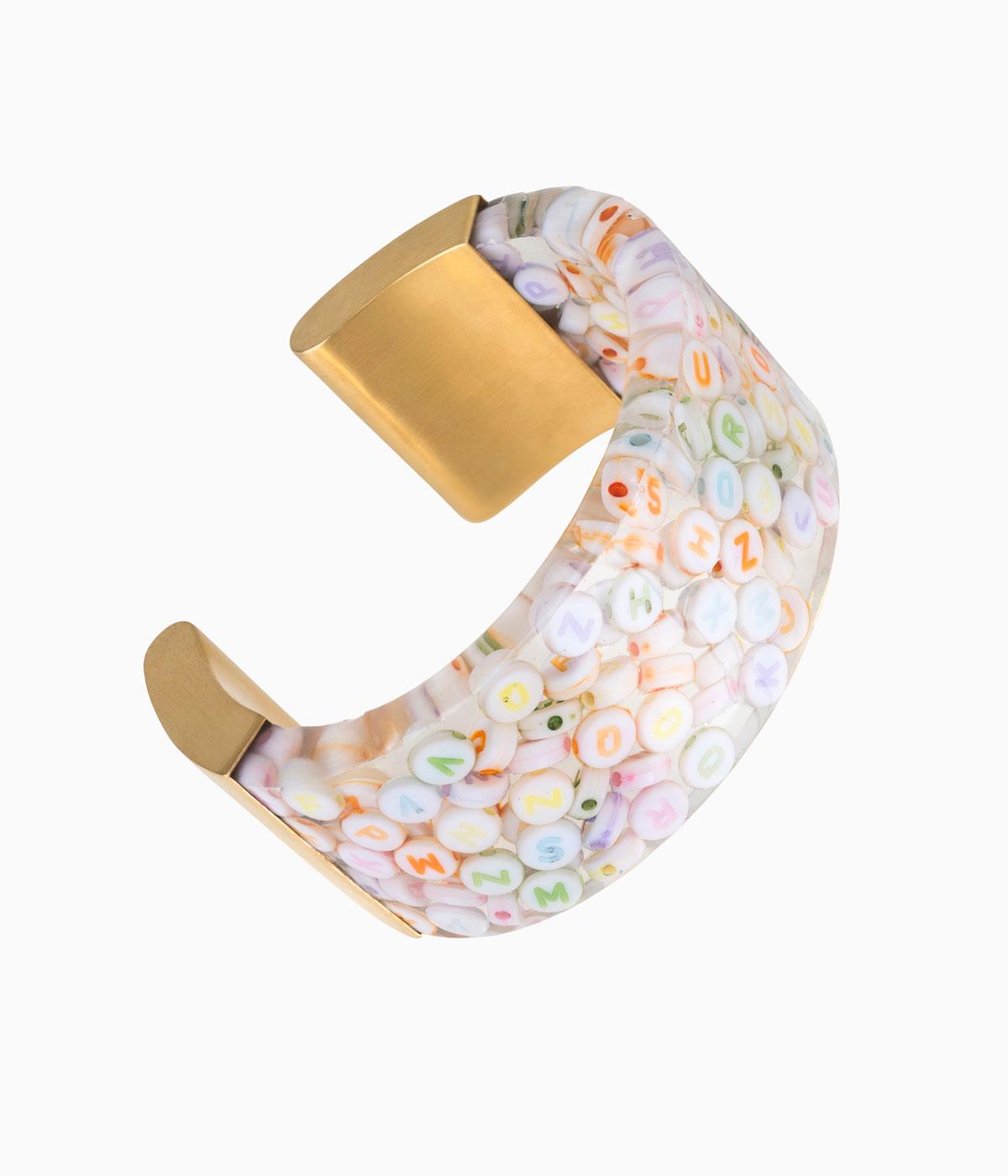
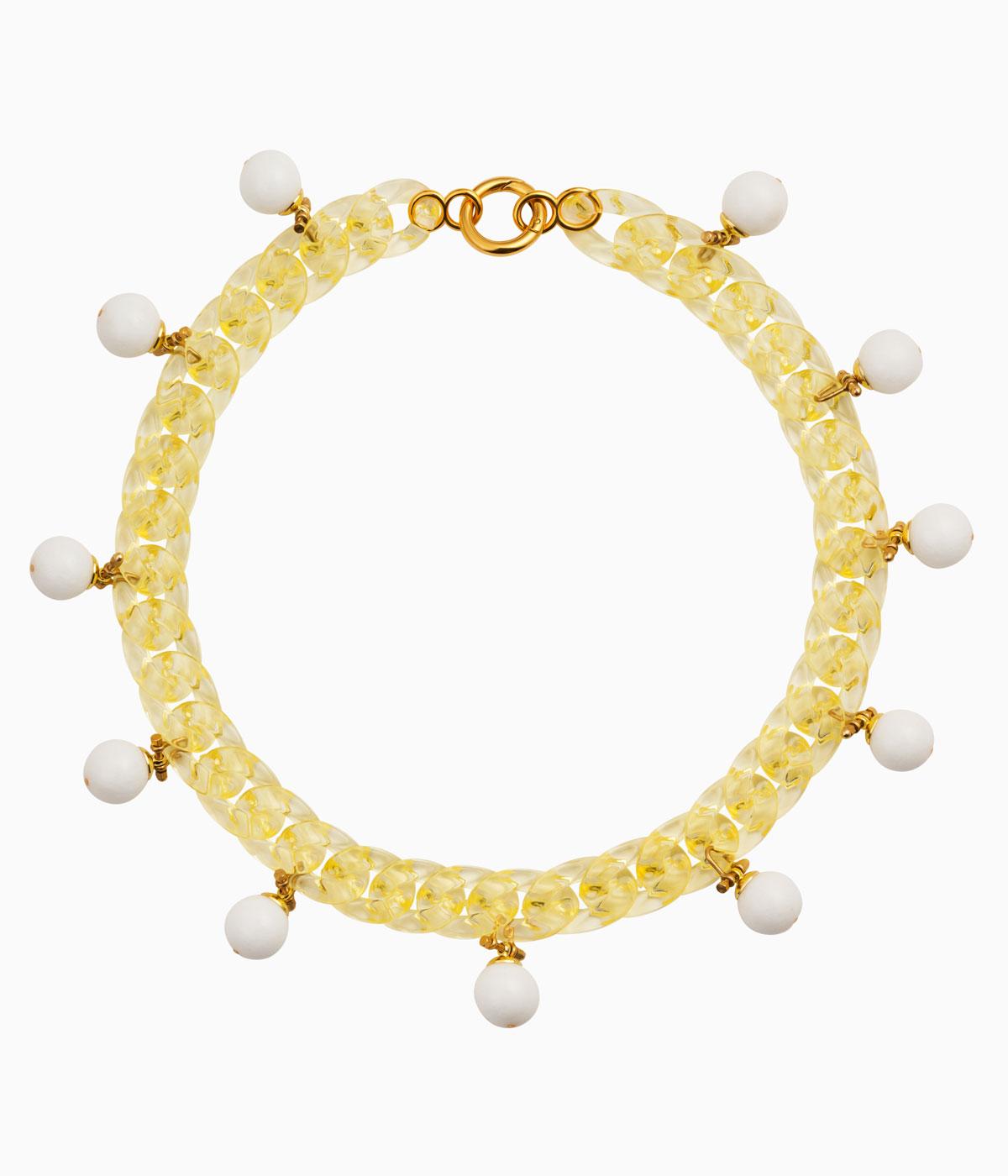
Information
The collection will launch online in May 2021, for pre-order enquiries contact tessa@tessapackard.com
tessapackard.com
Wallpaper* Newsletter
Receive our daily digest of inspiration, escapism and design stories from around the world direct to your inbox.
Hannah Silver is the Art, Culture, Watches & Jewellery Editor of Wallpaper*. Since joining in 2019, she has overseen offbeat design trends and in-depth profiles, and written extensively across the worlds of culture and luxury. She enjoys meeting artists and designers, viewing exhibitions and conducting interviews on her frequent travels.
-
 All-In is the Paris-based label making full-force fashion for main character dressing
All-In is the Paris-based label making full-force fashion for main character dressingPart of our monthly Uprising series, Wallpaper* meets Benjamin Barron and Bror August Vestbø of All-In, the LVMH Prize-nominated label which bases its collections on a riotous cast of characters – real and imagined
By Orla Brennan
-
 Maserati joins forces with Giorgetti for a turbo-charged relationship
Maserati joins forces with Giorgetti for a turbo-charged relationshipAnnouncing their marriage during Milan Design Week, the brands unveiled a collection, a car and a long term commitment
By Hugo Macdonald
-
 Through an innovative new training program, Poltrona Frau aims to safeguard Italian craft
Through an innovative new training program, Poltrona Frau aims to safeguard Italian craftThe heritage furniture manufacturer is training a new generation of leather artisans
By Cristina Kiran Piotti
-
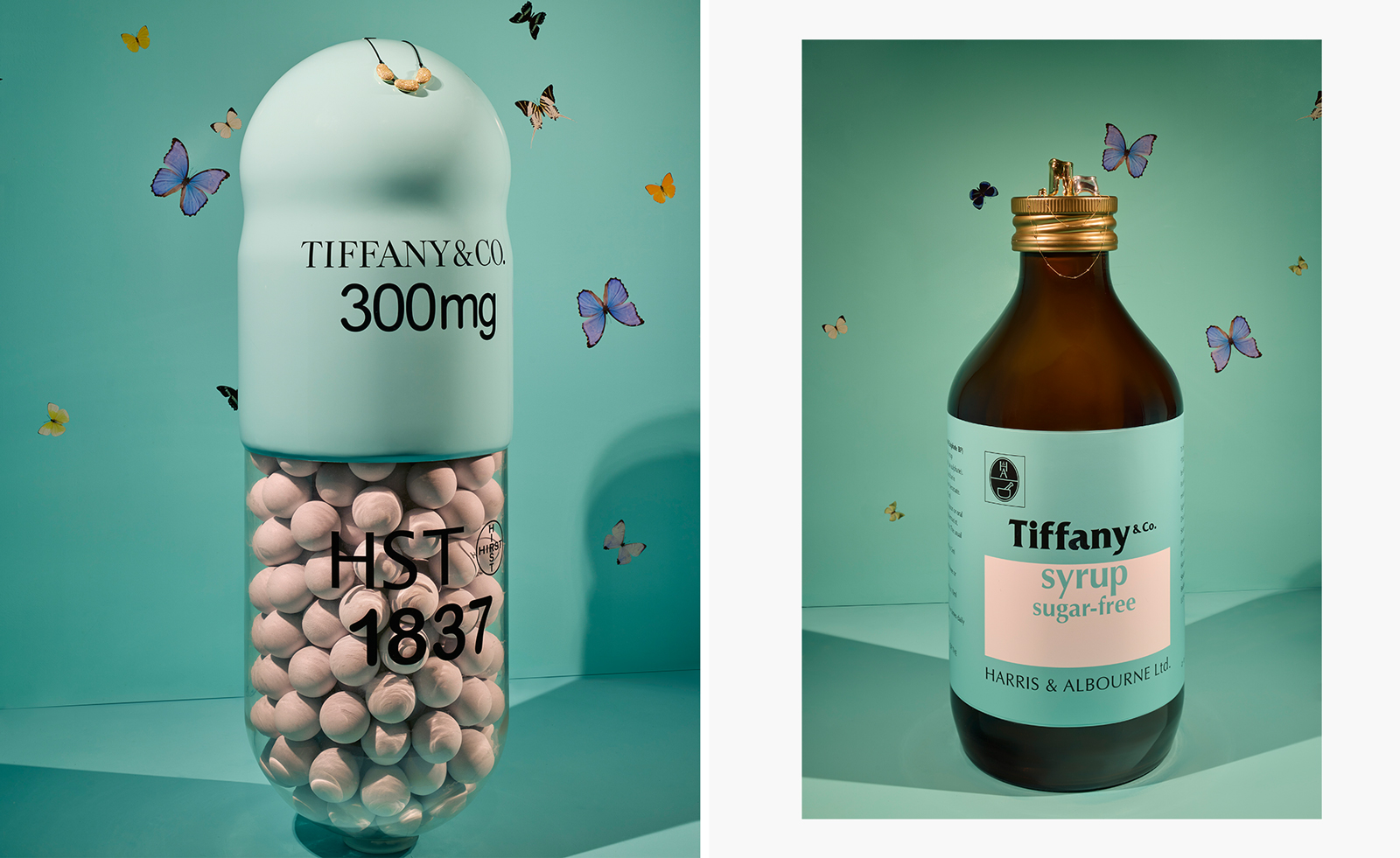 Art takes London: Tiffany & Co, Damien Hirst and artists take over Selfridges' windows
Art takes London: Tiffany & Co, Damien Hirst and artists take over Selfridges' windowsFour British contemporary artists celebrate Tiffany & Co's pioneering history with a series of storied window displays
By Anne Soward
-
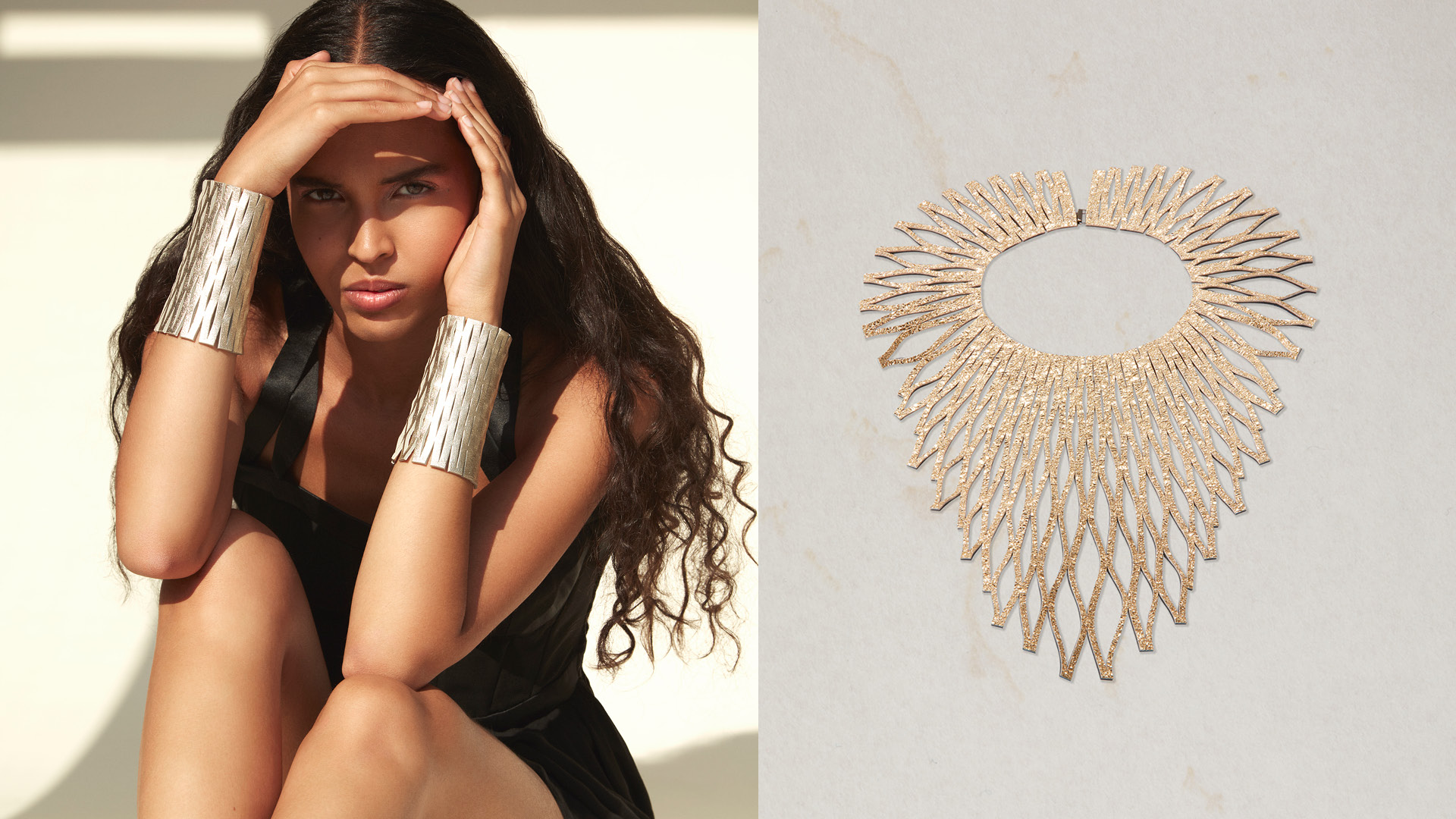 Late summer jewels: what to wear at Golden Hour
Late summer jewels: what to wear at Golden HourLate summer signals a jewellery style-shift. These independent designers have got it covered
By Caragh McKay
-
 All smiles: How a grillz jewellery making class in London became an international hit
All smiles: How a grillz jewellery making class in London became an international hitWhat started as a passion project quickly exploded in popularity. We get the story behind the grillz-making workshop at Cockpit London
By Elisa Anniss
-
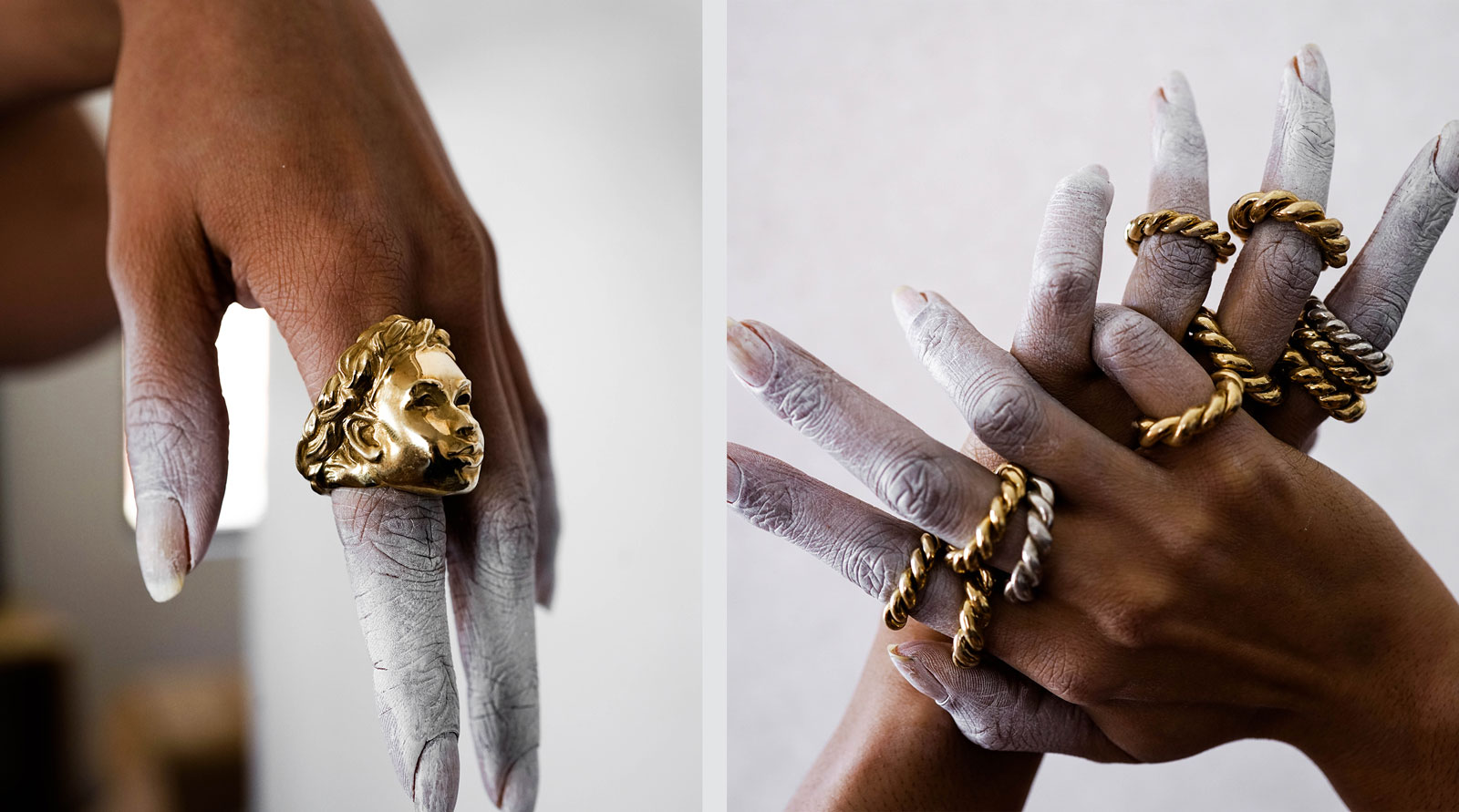 Emerging jewellery designers to get to know
Emerging jewellery designers to get to knowThese independent, new and emerging jewellery designers and brands from New York to Paris are firmly on our radar
By Hannah Silver
-
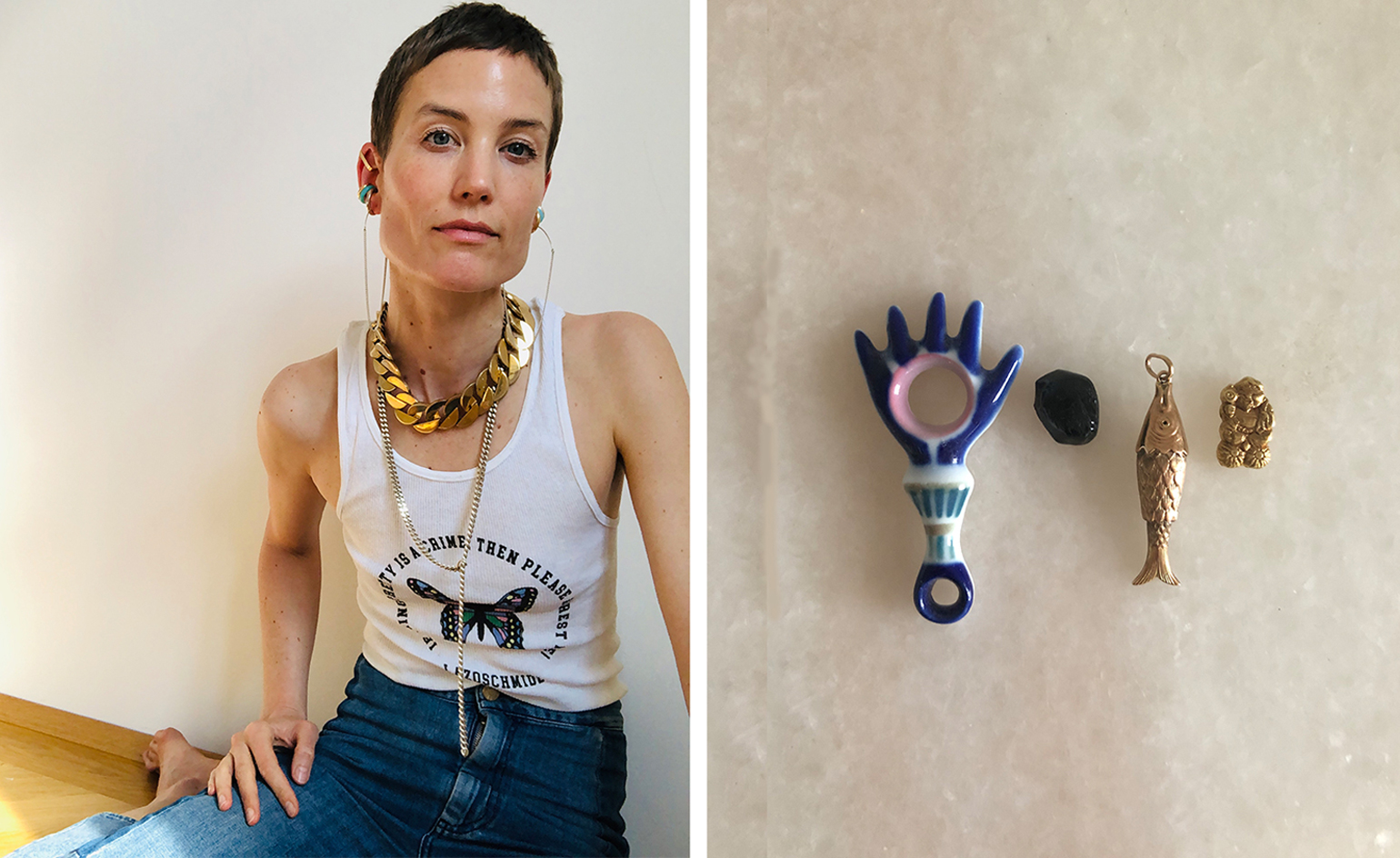 Jewellery designers share their most precious personal pieces
Jewellery designers share their most precious personal piecesA host of jewellers give us a peek at the jewellery which brings them joy and solace
By Hannah Silver
-
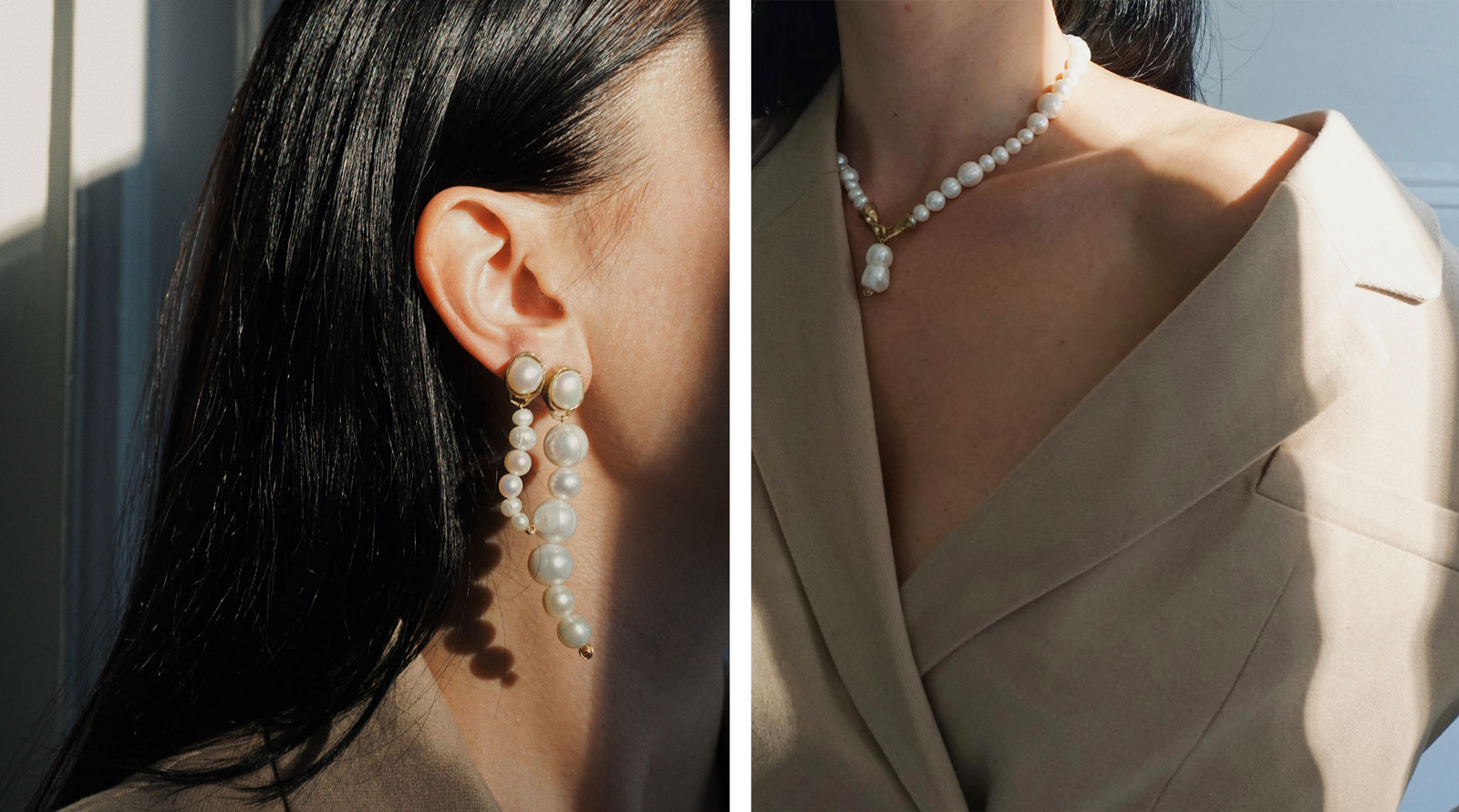 Playing it cool: pearls are having a moment
Playing it cool: pearls are having a momentWe've been deep-diving into boutiques around the world to find the very best calcium carbonate in minute crystalline form. It seems jewellers have been busy rethinking pearls, with contemporary (and often affordable) results
By Hannah Silver
-
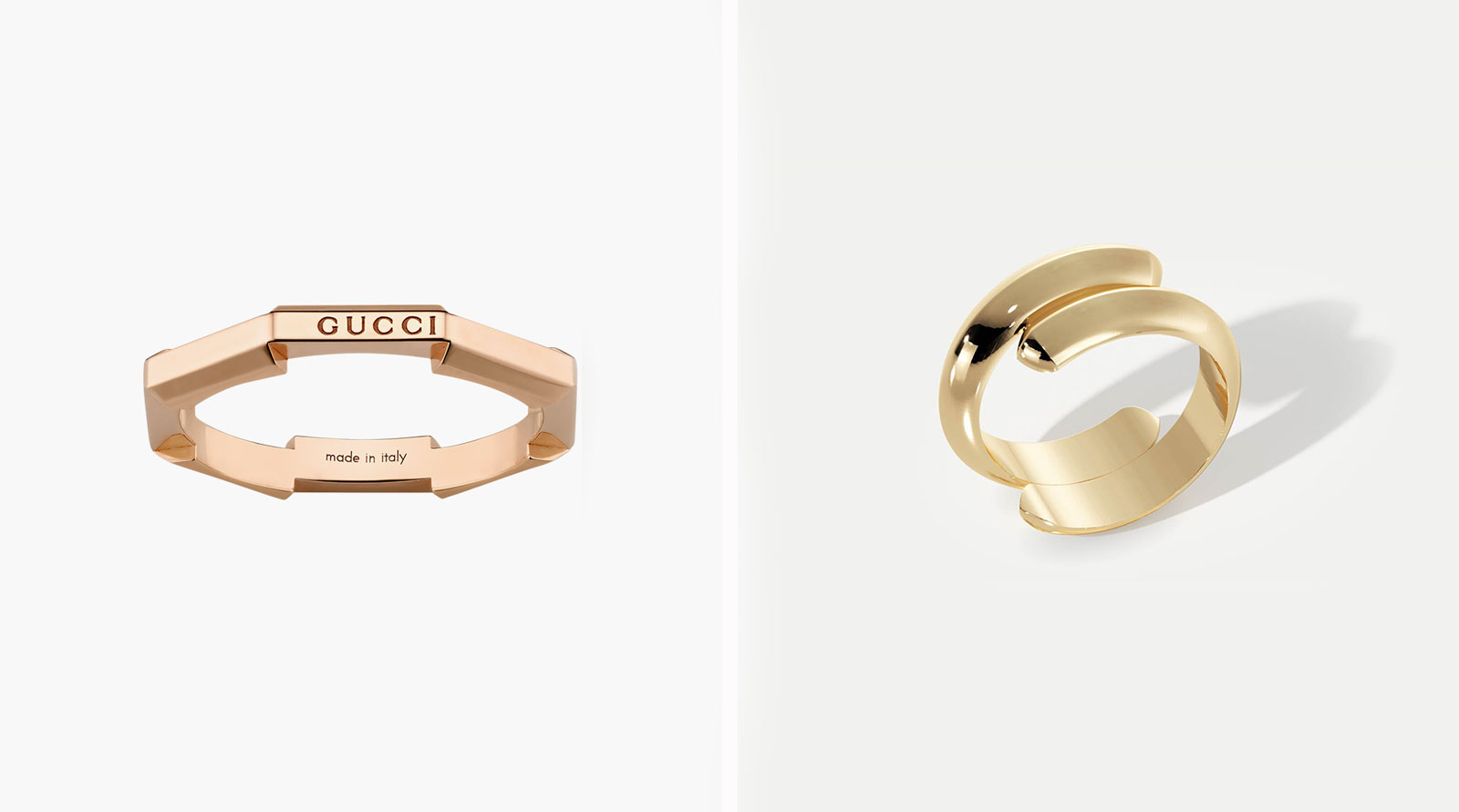 Eternity rings for the modern couple
Eternity rings for the modern coupleEternity rings, whether sleekly minimalist or sprinkled in diamonds, can be a chic and contemporary love token
By Hannah Silver
-
 Hair jewellery to covet and collect
Hair jewellery to covet and collectToday’s hair jewellery is both practical and pretty. We're pinning our hopes on these simple and elegant accessories
By Hannah Silver